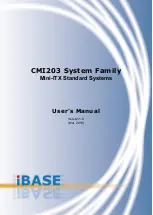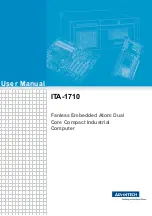
Figure. 5.2.2. - 41. Selecting the measured magnitude.
Voltage protection itself is based on the nominal voltage. A 20 000 V nominal voltage equals a 100 %
setting in voltage-based protection functions. A 120 % trip setting in the overvoltage stage equals to
24 000 V on the primary level (in this case a 20 % increase equals 4000 V).
Once the setting have been sent to the device, AQtivate calculates the scaling factors and displayes
them for the user. The "VT scaling factor P/S" describes the ratio between the primary voltage and the
secondary voltage. The per-unit scaling factors ("VT scaling factor p.u.") for both primary and
secondary values are also displayed.
The triggering of a voltage protection stage can be based on one, two, or three voltages (the "Pick-up
terms" setting at
Protection
→
Voltage
→
[protection stage menu]
→
Settings
). Fault loops are either
line-to-line or line-to-neutral according to the "Measured magnitude" setting. As a default, the activation
of any one voltage trips the voltage protection stage.
Figure. 5.2.2. - 42. Selecting the operating mode.
AQ-E215
Instruction manual
Version: 2.01
49
© Arcteq Relays Ltd
















































